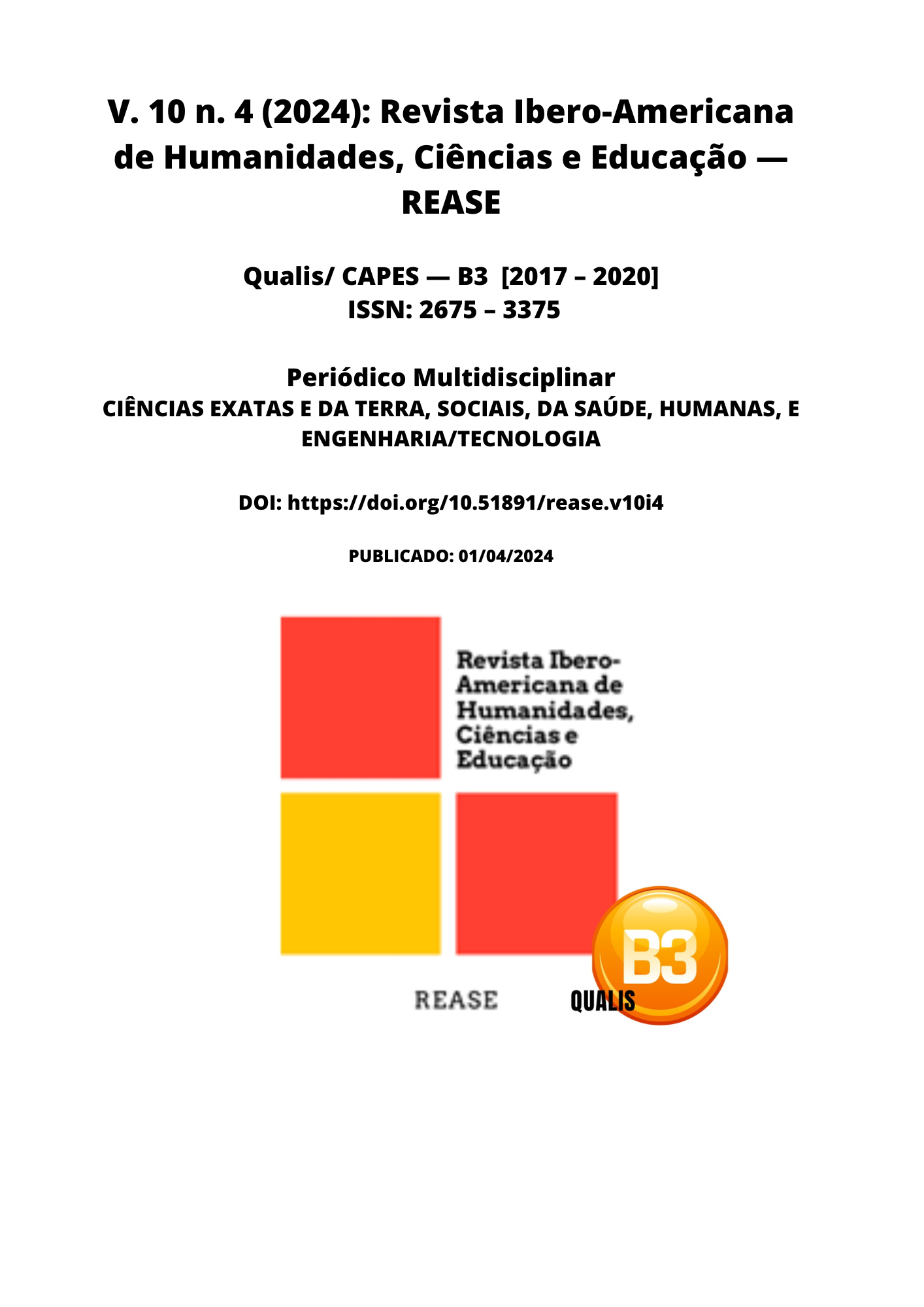NEUROPLASTICITY IN POSTOPERATIVE RECOVERY: STRATEGIES TO ENHANCE BRAIN REHABILITATION
DOI:
https://doi.org/10.51891/rease.v10i4.13689Keywords:
Neuroplasticity. Post-Operative Recovery. Brain Rehabilitation.Abstract
Postoperative recovery is a complex process that involves multiple body systems, including the brain. This summary addresses the role of neuroplasticity in brain recovery after surgical procedures and examines strategies to enhance brain rehabilitation. Neuroplasticity refers to the brain's ability to adapt and reorganize in response to environmental stimuli. Recent studies have demonstrated that non-invasive brain stimulation, such as transcranial direct current stimulation (tDCS) and transcranial magnetic stimulation (TMS), can promote neuroplasticity and improve postoperative functional recovery. Furthermore, occupational therapy and physical therapy play a crucial role in rehabilitation, allowing repetitive practice of motor and cognitive tasks. Personalization of rehabilitation programs is essential, considering the individual needs of each patient. A multimodal approach, which combines different interventions such as brain stimulation, occupational therapy, physical therapy and cognitive training, can be highly effective in promoting recovery. Rehabilitation strategies must be tailored to address the specific challenges faced by each patient. Despite advances, there is still room for the development of new therapies and innovative approaches. Continued investments in translational research and interdisciplinary collaborations are needed to advance the field of postoperative brain rehabilitation. In short, understanding neuroplasticity and applying personalized strategies can significantly improve the results of patients undergoing surgery, providing a more complete and effective recovery.
Downloads
Downloads
Published
How to Cite
Issue
Section
Categories
License
Atribuição CC BY

